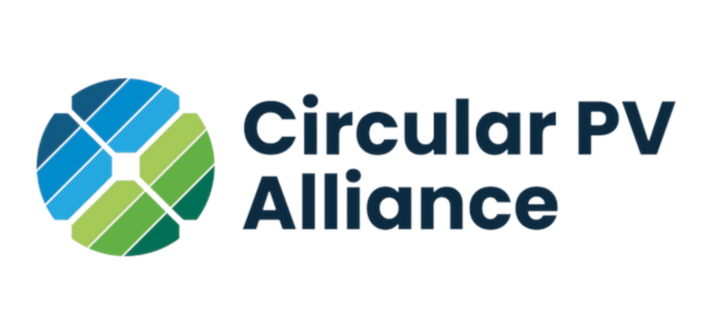Collaboration supports ready-made clean energy solutions for Australian farmers
The Australian first project has the twin goals of increasing on-farm efficiency and cutting greenhouse gas emissions

In a practical new guide for Australia’s 85,000 farming enterprises, the Clean Energy Finance Corp (CEFC) and the National Farmers Federation (NFF) have identified 51 opportunities where farmers can reduce their energy bills by improving energy efficiency and switching to renewables.
The investment commitments start at under $10,000, making them cost effective at a time of farm stress and drought.
CEFC CEO Ian Learmonth said: “Already more than 1,100 agriculture projects are drawing on $260 million in CEFC finance to invest in solar PV, lower emissions farm equipment, energy efficient machinery upgrades and biomass energy-from-waste.
“This guide is another exciting way we are bringing the substantial benefits of one of our newest industries, clean energy, to one of our most established, agriculture.”
NFF CEO Tony Mahar said: “This guide collates information on proven and emerging technologies. It establishes how farmers can reduce their energy consumption and lower emissions, using realistic cost estimates."
The potential energy efficiency technologies range from variable speed drives and smart controls to best-in-class tractors and refrigeration equipment. Renewable energy solutions include increasingly cost-effective solar PV as well as on-farm microgrids, which are particularly relevant in remote areas or where network connections are expensive.
The guide – Transforming Australian Agriculture with Clean Energy – draws on the work of the University of Southern Queensland’s Centre for Agricultural Engineering.
While energy consumption patterns vary across farming enterprises and production systems, the guide finds that there are significant opportunities for farm operations to immediately reduce energy consumption as well as lower energy related emissions. The challenge for the sector is to understand the available options, the scale of the potential investment and the potential emissions savings.
The guide sets out seven steps for farmers to embrace clean energy. Presented in an easy-to-read dashboard format, the 51 technology solutions include:
- Simple improvements to irrigation, heating, cooling and vehicle fuel efficiency – typically requiring an investment of $5,000 or less
- New strategies to generate and store energy such as small-scale wind, solar PV and hydroelectric systems – typically requiring an investment of up to $25,000
- Emerging technologies such as microgrids, biomass generation, precision application and digital sensors, robots and drones which have the potential to revolutionise farming practice.















